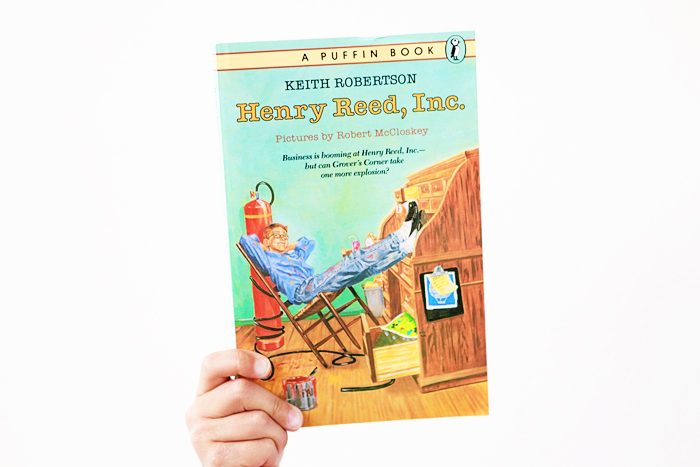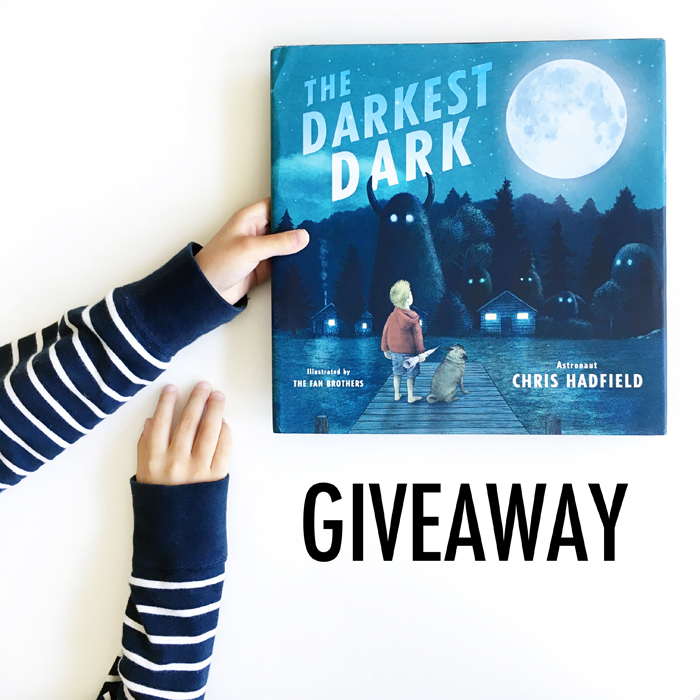
The ever thoughtful Marc Martin stops by to chat with us about his work and influences in this week’s Five Questions. His stunning books include Silent Observer, A River, Max, The Curious Explorer’s Illustrated Guide to Exotic Animals A to Z, A Forest and the forthcoming Lots.
What was your childhood like and did you have any creative endeavors as a kid?
I had a really happy childhood, but I’m an only child, which meant I had to find creative ways of playing and using my imagination without other kids around. I played with Lego a lot, and it enabled me to create worlds in which to exist and dream. I also rode my bicycle quite a bit - I spent many afternoons after school riding around the neighbourhood and exploring my surroundings.
Who―or what―have been the major influences on your work?
This is always changing for me. I used to be influenced by a lot of illustrators and designers, but now I’m probably more interested in fine art than anything else. If I had to name some early inspiration, I’d say all of Miroslav Sasek’s This is series were very influential, as was Jennie Baker’s Where the forest meets the sea. Studying graphic design also gave me an appreciation for modernist art and design, so Ray and Charles Eames, Bruno Munari, Saul Bass and Charley Harper are some of my favourites.
What inspired A River and A Silent Observer?
Silent Observer came about at a time when I was still doing a lot of graphic design work and I needed a creative outlet for other ideas I’d been playing around with. Silent Observer still feels like more of an outline for a story rather than a finished book, but at the time I just needed to make something and get it out in the world.
A River was very different in terms of planning and execution. It was an idea I’d had for a long time, but I think the initial inspiration came from a desire to tell a story about connectedness to landscape and the power of imagination. I also wanted to develop my illustration away from the computer, so A River was a good vehicle challenge myself technically.



Can you tell us how you became an illustrator?
Essentially I became an illustrator because I was growing frustrated as a graphic designer. Being a designer can be challenging if you’re trying to do creative work and constantly being reigned in by a client. With my illustration, I feel like I’ve got more creative control, especially with my books. My ultimate goal is to make work that I like, and let the people who understand that work come to me – if they understand what I do, then they’re more likely to trust my creative decisions.
How do you think your work has changed over the years?
My style and confidence as an illustrator has definitely evolved. I used to do a lot more ‘vector’ work (that’s illustrating with a computer and programs like Adobe Illustrator), but now I’m a lot more comfortable working with paints and pencil.
I think I used to hide behind the computer a bit. I was afraid to make mistakes, and a computer easily gets rid of imperfections, so it was a tempting medium to use. But I also think it limited the kind of illustration I was making – it’s difficult for people to really connect with computer based work, because they can’t see the process behind it, and it often has a cold, clean-edged look to it all. Ultimately I wanted the kind of illustrations I made (and the stories I told with them) to feel more human, so I consciously started stepping away from the computer and doing things by hand. I still use the computer for some things, but it’s a tool amongst many, and not a driver of my illustrative style anymore.
Thanks for stopping by, Marc. We are very much looking forward to your next book, Lots (due out on October 3rd). You can find Marc sharing his gorgeous work on his site, Instagram, Twitter and Tumblr.


Image courtesy of Marc Martin.



